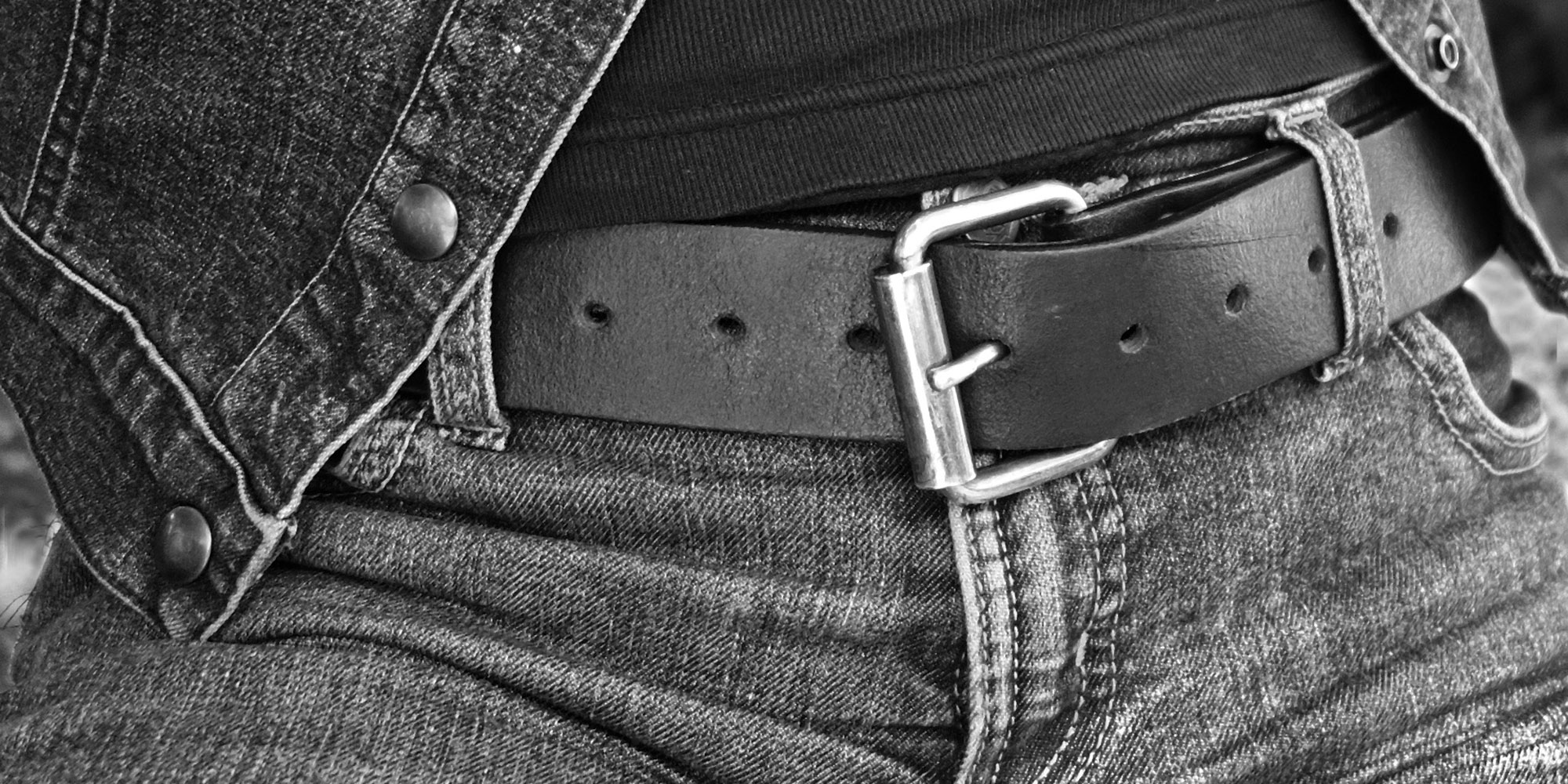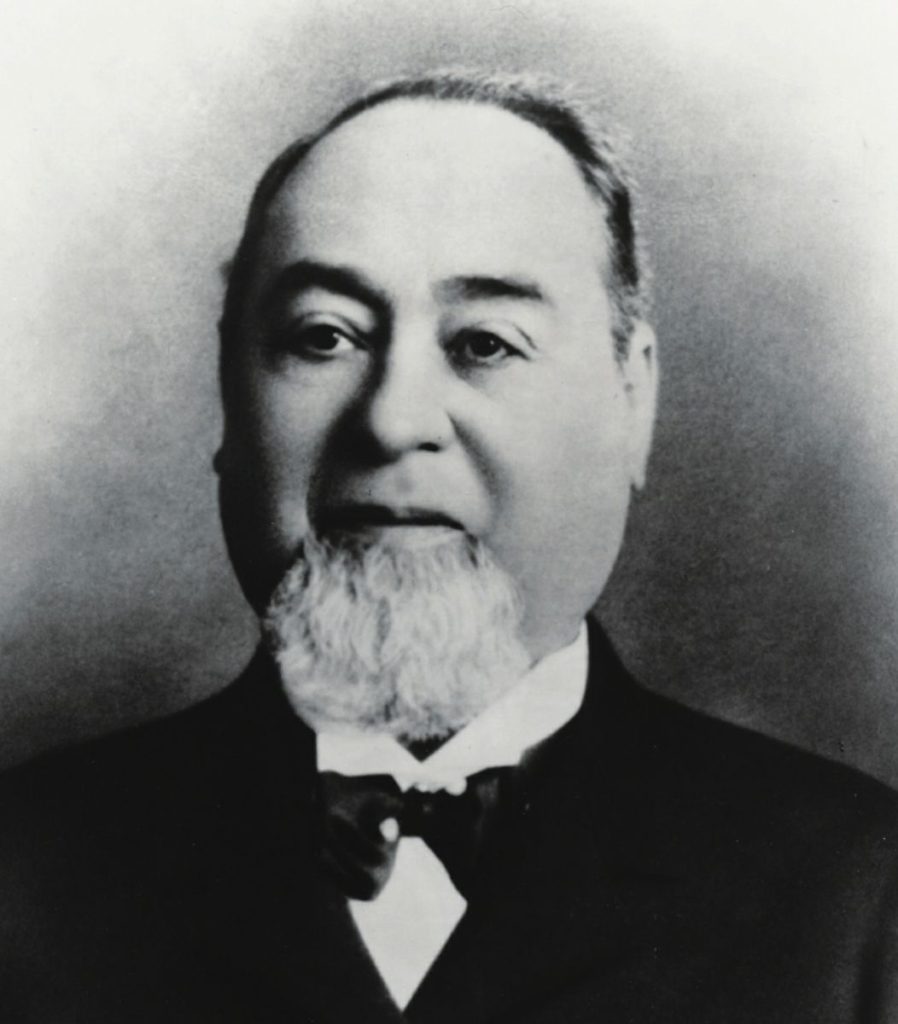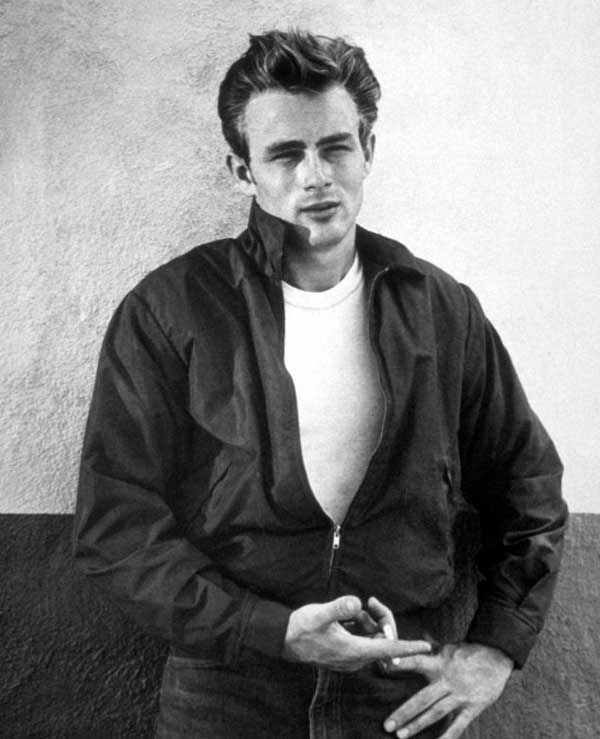
The iconic fashions of the past few centuries may be long forgotten, but denim still stands the test of time. Popularized as the fabric of the rebels back in the 1950s , the history of denim dates back to the 17th century. The fabric is thought to have originated in the southern French city of Nimes where it was known as ‘serge de Nimes’, which literally translates to fabric from Nimes.
So what happens after the birth of denim? The sturdy fabric soon starts becoming popular among workers and laborers who do hard, manual work. Given the rising popularity and the widespread use of denim, textile mills in America start producing denim locally as a way to stop relying on foreign producers by the 18th century. This is an important step toward expanding the country’s existing product line, of which cotton fabrics are an integral part.
We reach a key part in the history of denim in 1848, when a man named Loeb Strauss and his family sail to the USA from Bavaria, Germany. The family makes this journey to join Loeb’s half-brothers who have already established themselves in the clothing and linen market of New York. The young man, born in Bavaria in 1829, receives his American citizenship in 1853 and decides to move to San Francisco, where the Gold Rush is in full swing. By now he’s changed his name from Loeb to Levi, and sees the Gold Rush as the perfect opportunity to start his very own business in the city. So what does he do? He lays the foundations of today’s multibillion-dollar company known as Levi Strauss & Co. He starts this by supplying denim clothing in the area, especially to the many miners looking to make a fortune overnight. But it doesn’t just stop at that.

In 1872, after acquiring quite a reputation for quality clothing, Levi receives a letter from a tailor based in Nevada, named Jacob Davis. Jacob has recently just started adding metal rivets to the trousers he makes for miners after being approached by a miner’s wife who asks him to design something that won’t easily tear. He realizes he needs to patent his idea but also knows that he lacks the money to file documents. He now turns to Levi to partner with him, and the latter agrees. The two men start a collaboration to add copper rivets to blue denim waist overalls (now known as jeans) to make them more durable than ever before. The process gets patented in 1873.
Let’s rewind a little to 1864, which is another important year in the history of denim. This is the year an East Coast wholesale house claims that it offers a total of 10 types of denim to its consumers, with names like ‘Madison River Browns’ and ‘New Creek Blues’, which most likely sound exciting to the young men of the time. Not only that, the Webster’s Dictionary chooses this year to include ‘denim’ in its latest publication, and states that it’s “a coarse cotton drilling used for overalls, etc.”
By now, men aren’t the only ones being seen in denim. Women’s work clothes also find a way to include this fabric, such as a denim jacket worn over the dress or blouse. This is especially introduced for women who labor outdoors.

Moving on to the 1900s, denim becomes wildly popular in America’s western states before World War II. Cowboys and the western way of life captivate the whole country, and people waste no time in recognizing that these iconic cowboys dress themselves up in blue denim jeans. In the east, the masses romanticize this rugged, independent way of life, and some easterners are seen vacationing at western ranches and farms in denim jeans. To popularize the fabric even more, John Wayne is seen wearing a pair of Levi’s 501 in the western film ‘Stagecoach’ in 1939. Denim jeans instantly become the stuff of legends, and become synonymous with individualism and freedom.
Then the war breaks out, and American soldiers take their favorite pairs with them. Many GIs are seen wearing their jeans in Europe and Japan while off duty because they see them as a symbol of home. The trend now starts spreading around the world as people start associating denim with an easier, happier way of life.
The war ends and the image associated with blue denim evolves to encompass leisure and prosperity in the 1950s. But this soon turns into an image of rebellion after Marlon Brando is seen wearing jeans in ‘The Wild One’ in 1953, and James Dean is seen doing the same in ‘Rebel Without A Cause’ in 1955. By now, people have started associating ‘bad boys’ with denim jeans not only because of the roles of Hollywood celebrities, but also because the American GIs who return from war ride around the country on motorcycles instead of getting married or having children. Jeans have also made their way into women’s fashion, as seen on Marilyn Monroe in the 1954 film ‘River of No Return’.

Around this time, we see a general public uproar, with many schools districts and public places putting a ban on blue denim jeans for the fear that they might invoke rebelliousness in the youth of that time, but that only increases the fervor with which teenagers embrace jeans. College students start showing up in jeans to show their unity with the workers who are being racially discriminated against. The hippie counterculture movement also adopts jeans as the fabric of choice in the 1960s. These hippies visit thrift stores and flea markets to buy old clothes and then personalize them. They personalize denim by adding patches or embroidery, and even take to wearing faded and bell-bottom jeans – trends that we see to this day.
True to its history, the culture of denim continues to evolve and turns into fashion with the introduction of various different styles in the following decades. Fashion designers become accepting of the fabric and experiment with it in the 1970s. In the 1990s, hip-hop artists take to dressing up in t-shirts, paired with “sagged” jeans, with this style later becoming synonymous with gang culture.
But the image associated with denim changes yet again. In an exhibition in 1999, designers such as Roberto Cavalli and Fendi showcase their luxury denim looks, permanently establishing the fabric in the world of high fashion.
Today, there is literally nothing that designers and enthusiasts haven’t made of denim. Workers, sportsmen, celebrities, models, millionaires, artists, businessmen, and any ordinary or extraordinary person on any street of the world could be wearing denim at this very moment. The fabric has woven itself into the contemporary cultures of countries around the globe, and as it continues to revolutionize the global fashion industry, one thing is certain: it will never go out of style.
References/Sources: